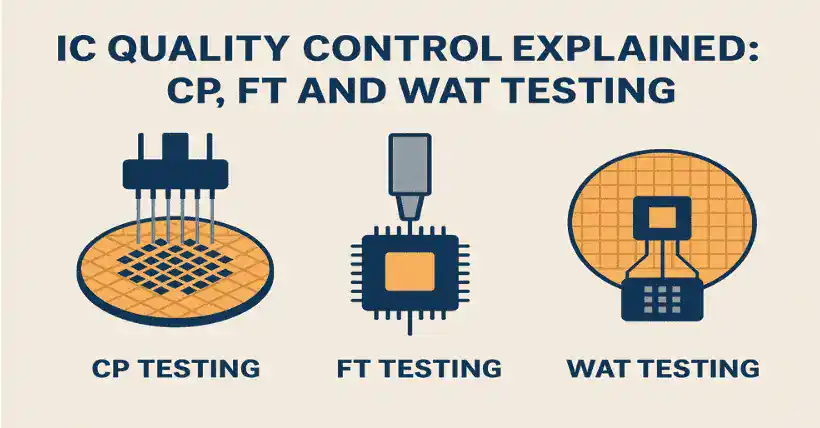In recent months, there have been many rumors about Intel’s 15th-generation Core processors, but most of them were baseless speculations without solid evidence. To avoid misleading readers, I have seldom written on this topic.
However, since I decided to write about it today, it means there is concrete evidence. Yes, recently Intel has released some related information (see Figure 1) for reference.
Specifically, Intel will release the 15th generation Core (Lunar Lake) processors in the third quarter of this year and the 16th generation Core (Arrow Lake) processors in the fourth quarter.
At this point, some readers might question why Intel is releasing two generations of processors in such a short period. Is there an error in the information?
— “Error” is out of the question; this information is accurate. The two generations of processors are positioned differently. The 15th generation Core is mainly targeted at laptops, while the 16th generation Core is primarily for desktops, though it also includes models suitable for laptops. Naturally, the 16th generation Core is the main focus of everyone’s attention.
So, what improvements and highlights does the 15th generation Core have?
Its main positioning is as an “AI PC mobile processor,” with enhanced CPU and NPU performance, optimized power consumption, and a new integrated GPU using the new Xe2 architecture. The integrated graphics performance is 1.5 times that of the 14th generation Core (Meteor Lake), and it also boasts 60 TOPS of AI performance.
The 15th generation Core processors are composed of three small chips, one fewer than the 14th generation Core, as Intel has merged the SoC and GPU. Additionally, the microarchitecture of both the large and small cores has been upgraded, with the large core using the Lion Cove architecture and the small core using the Skymont architecture.
The most significant focus of the 15th-generation Core processors is AI performance. The NPU performance is over 40 TOPS, more than three times that of the previous generation. Including the AI performance of the integrated graphics, the total AI performance exceeds 100 TOPS. Furthermore, Intel claims that the 15th generation Core processors have made significant progress in battery life and power efficiency, consuming 30% less power than AMD’s Ryzen 7 7840U.
The 15th generation Core processors are currently in mass production, and Intel expects Windows AI PCs equipped with these processors to be available in the third quarter of this year.
The 16th generation Core will include product lines for both desktops and laptops, with four subcategories: Arrow Lake-S, Arrow Lake-HX, and Arrow Lake-H. The 16th generation Core shares many similarities with the 15th generation Core, with both using the Lion Cove and Skymont architectures.
Regarding the 16th generation Core, the currently available official information is limited, but here are some known details for reference:
- The processor and motherboard interface will change to the LGA 1851 socket, meaning you will need to upgrade your motherboard to experience the 16th generation Core processors, with mainstream support until 2026.
- It will only support DDR5 memory, no longer supporting DDR4.
- Intel will release a new 800 series chipset to complement it.
- Native support for DDR5-6400 memory.
- Additional PCIe Gen 5.0 lanes through the CPU and southbridge.
Moreover, there will be a significant change in the naming convention for the 16th-generation Core processors. Intel has abandoned the “Core iX-16XX” naming convention, opting instead for the Core Ultra 200 series.
Currently known models include Core Ultra 9 285K, Core Ultra 7 265K, Core Ultra 5 245K, Core Ultra 9 275, Core Ultra 7 255, and Core Ultra 5 240.
The 16th generation Core will be released in the fourth quarter of this year, with Intel expected to reveal more details at the upcoming Computex 2024 event.
In summary, the 12th generation Core marked a transition and transformation for Intel, while the 13th and 14th generations were minor tweaks and refinements. Consequently, Intel has faced criticism over the past two years for “drip-feeding” advancements, leading to a poor reputation. However, the 16th generation Core is expected to be a major leap forward, likely becoming a landmark generation.
The 16th generation Core is crucial for Intel, especially since its old rival AMD will also release a new generation of processors later this year. With its extensive experience in the graphics card field, AMD holds a certain advantage in AI performance. If AMD’s new processors significantly outperform Intel’s in AI performance, Intel could find itself in a difficult position.
The latter half of this year is expected to be very eventful in the industry. Suppose you have a sufficient budget and intend to build a new platform with the latest technology as soon as it becomes available. In that case, waiting until the end of the year is recommended instead of considering the current platforms.
I will continue to share more updates and leaks regarding Intel’s 15th and 16th-generation Core processors, so stay tuned.
Additional note: “Intel 15th and 16th generation Core” are colloquial terms used for better reader understanding and are not official names designated by Intel. Please do not misunderstand, as the naming conventions have changed after the 14th generation Core.









Disclaimer: This article is created by the original author. The content of the article represents their personal opinions. Our reposting is for sharing and discussion purposes only and does not imply our endorsement or agreement. If you have any objections, please contact us through the provided channels.



